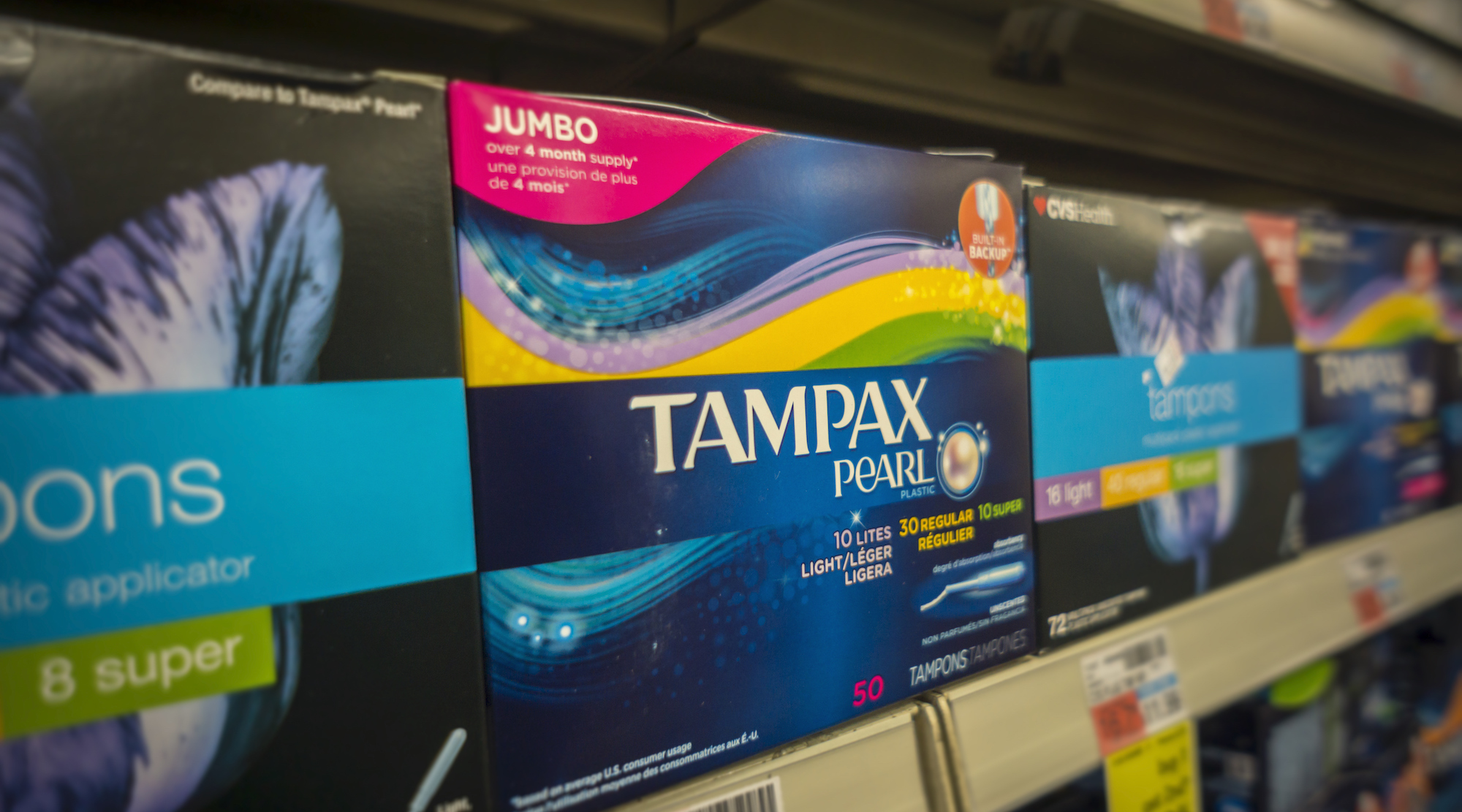Tampon ‘Ingredient Lists’ Seem Like Alarmist Garbage

Credit to Author: Hannah Smothers| Date: Fri, 11 Oct 2019 20:56:38 +0000
Thanks to a bill signed today in New York state, tampon manufacturers will now have to print a list of all product ingredients on their packaging. Called the Menstrual Products Right to Know Act, the new law is a result of more than a decade of lobbying attempts, mostly from people who own and/or have major stakes in organic menstrual product companies like Lola and Sustain. Even though the legislation only applies to New York, it seems unlikely that tampon manufacturers will print special boxes only for this state—so the impact of this one bill will likely ripple across the region, if not the country.
I’m hard-pressed to find an argument against informed consumerism, but things like this make me nervous, because, by their sheer existence, the law sort of implies that there are ingredients of concern in your tampons. The other implication is that, by requiring manufacturers to list the products used on the box, tampons might somehow…be better? Healthier? More accountable?
Earlier this year, Lola, one of many organic menstrual product companies, posted a video advertisement that tried to illustrate the difference between organic tampons and conventional ones by literally setting them aflame. The Lola tampon—made only with organic cotton—burned quickly and uniformly; the competitor product sort of melted and warped. The intended takeaway seems to be, What the hell is in that other tampon that makes it so un-burnable? It’s very “Twinkies will survive the apocalypse” vibes.
There are chemicals in conventional tampons; no one is really denying this. But there isn’t much data to support any panic that those chemicals are hurting anyone. The FDA does a pretty good job at regulating what is and isn’t allowed in the little absorbent plugs people use to sop up their period blood. For instance, the FDA requires tampon manufacturers to monitor levels of dioxins (a group of compounds found all over the environment, and particularly in meat and dairy) in tampons, because, at certain levels, they can be highly toxic. The level at which they’re present in tampons is something like 130,000-240,000 times less than is allowed in dietary exposure.
I’m what I would consider a moderately conscious consumer. So like, I buy organic bananas (they taste better) and I get free-range eggs so that I can falsely imagine the chickens who laid them had nice, quiet lives. The list of ingredients on the back of my $48 nighttime moisturizer is 37 items long; I don’t know how to pronounce half the words on it. What I slather on my face to try and look youthful is very different from what I shove up my vagina to stop from bleeding onto my clothes; I understand this. But until there’s a evidence-based justification for me to question what’s in the regulated, non-organic products I currently use, I don’t have much interest in seeing the ingredient list.
Sign up for our newsletter to get the best of VICE delivered to your inbox daily.
Follow Hannah Smothers on Twitter.
This article originally appeared on VICE US.